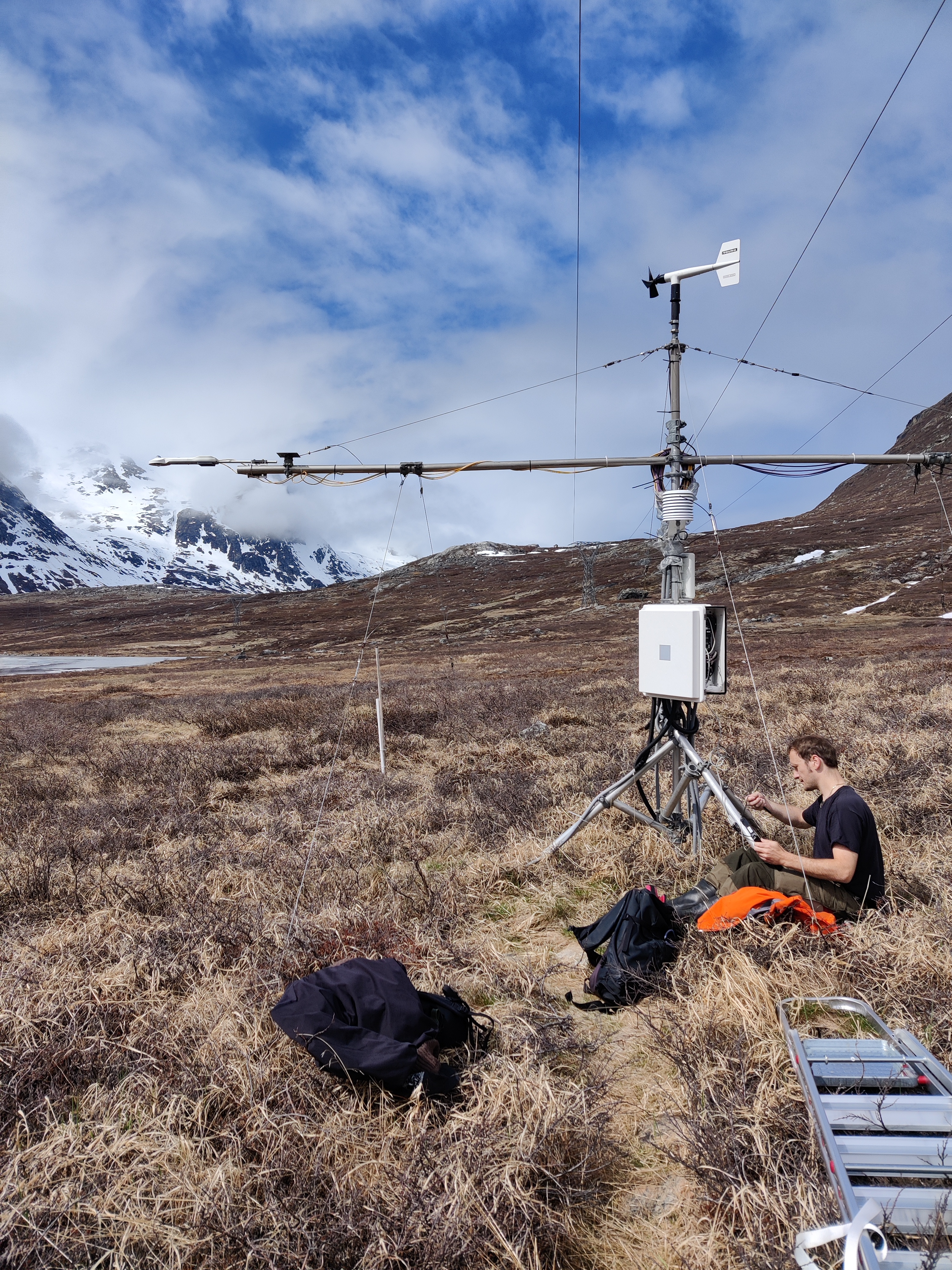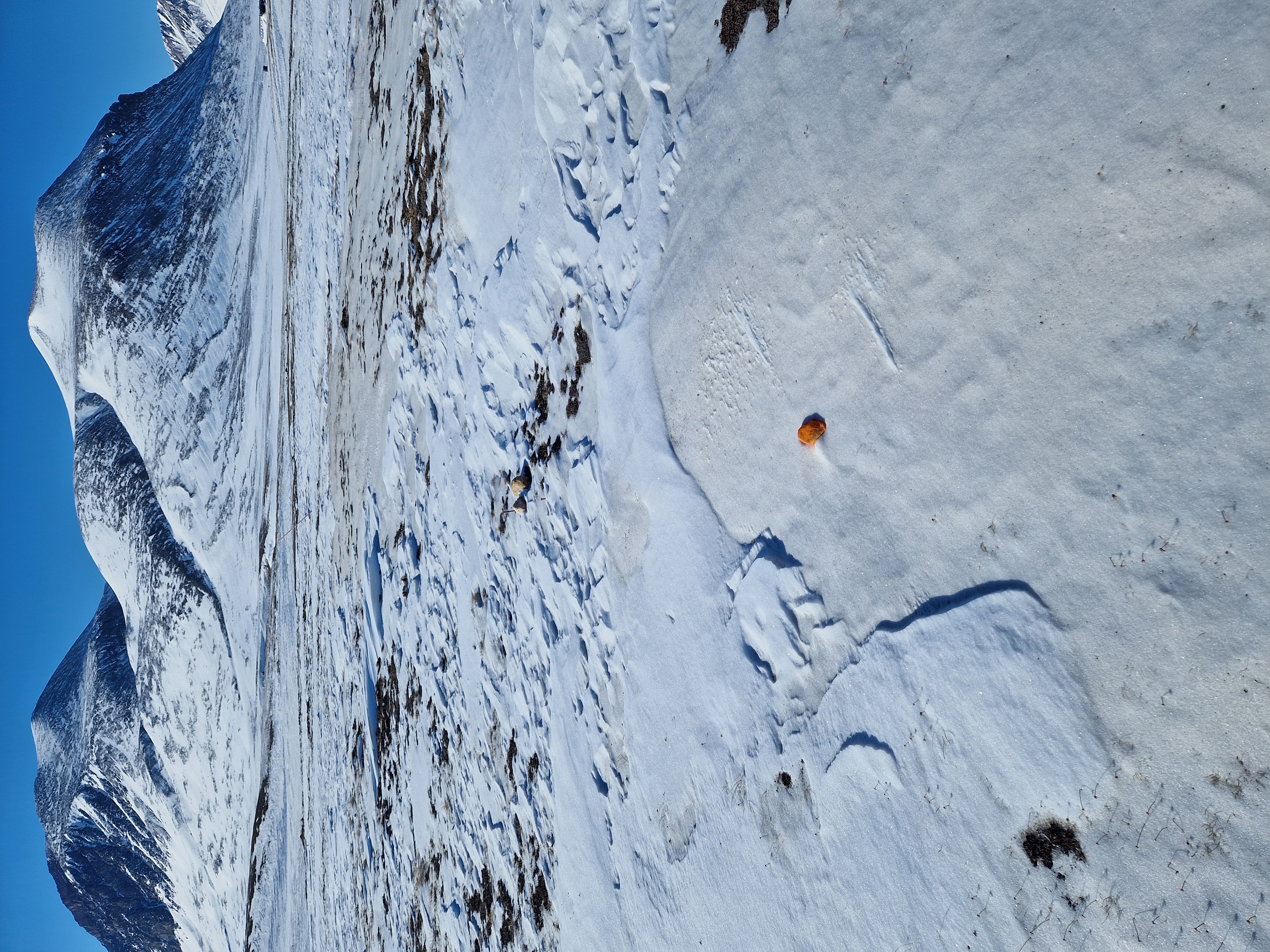Earlier snowmelt shapes 2024 Arctic growing season
Across GEM’s monitoring sites, the 2024 growing season—as marked by net CO₂ uptake—began in late June to early July, closely tied to snowmelt timing.


The GeoBasis programme monitors the terrestrial environment to understand climate-driven changes like permafrost thaw, greenhouse gas fluxes, and snow dynamics. Long-term plot data supports landscape-scale modelling, responding to international assessments (ACIA, SWIPA) and helping quantify interactions between land, atmosphere and sea.
Winter 2023–2024 brought varied snow conditions: Kobbefjord had near-median snow accumulation; Disko experienced a brief snow-free period in April during an unusual warm spell reaching 10°C; and Zackenberg saw below-median snow depths most of the winter. A major April snowfall nearly doubled snow depth there, though it still stayed below normal levels.
Soil thaw and active layer depth are studied under different vegetation types in Zackenberg (Circumpolar Active Layer Monitoring grid # 1 , ZEROCALM-1). Monitoring methods include manual probing, and borehole temperature recordings. Snow melted earlier than usual at Zackenberg, and by summer’s end, the average maximum thaw depth in ZEROCALM-1 reached 86 cm.
Read the annual update from GeoBasis in the GEM Annual Report Cards 2024 pp 38-39